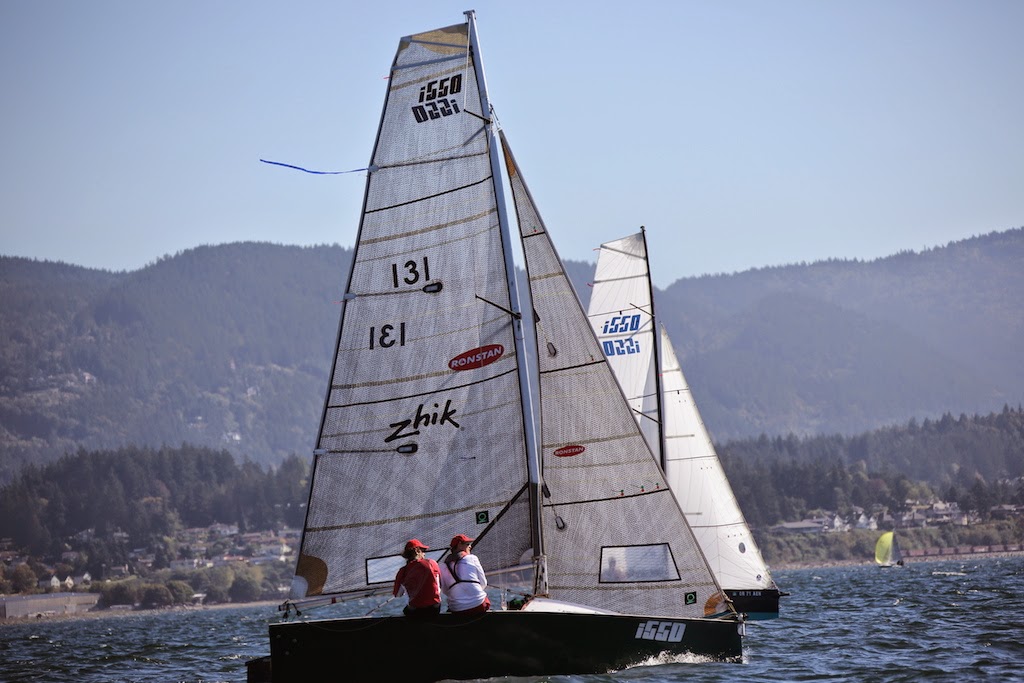I am way behind on the blog. So allow me to back up a little.
I made the trailer bunks while the boat was upside down. The front bunk was an exact fit of the bow, my goal was for the boat to lock itself onto the trailer when the trailer winch was tightened and automatically aligning the back of the boat onto the trailer (it works fantastically well, and the boat is perfectly in place by just tightening the winch) . 

I used scaffold sections and a wood beam to lift the boat high enough to get the keel in. (I would have liked to have gone up one more section), and had to tilt the boat a little to get the keel in, but it worked easy and I was able to just slide the trailer in and drop the boat onto it.

The launch party was awesome, with a bunch of friends and family there to celebrate with a little champagne, including a toast of Fosters, to our lost team mate and friend Roy Burley. I will post a video of the festivities soon.

 We are done, but far from finished, as we refine how the boat operates. The first couple of weeks were plagued by light air, but it enabled me to go thru everything on the boat and work on it's systems, so, when the wind finally came the 3rd week and the lake was white capping, I turned to my team mates (we are 3 up for now) who said , "hell yea, lets go", and go we did!.
We are done, but far from finished, as we refine how the boat operates. The first couple of weeks were plagued by light air, but it enabled me to go thru everything on the boat and work on it's systems, so, when the wind finally came the 3rd week and the lake was white capping, I turned to my team mates (we are 3 up for now) who said , "hell yea, lets go", and go we did!.
Down wind speeds were continuously in the 6-10 knot range according to the Velocitek Speed Puck, the wind had sadly lessened by the time we got out there, but the boat felt awesome and ready for greater speeds then the nearly 11 knots (10.8) boat speed we had achieved.
I plan to continue the blog and share how we are tuning the boat, our success and failures. To date I have lengthened the forestay a couple of inches, we had good boat speed upwind, topping out in the high 5's, but our pointing was not as good as it could be, installing a 2" stay extender appears to have fixed the problem.
More to come!















































